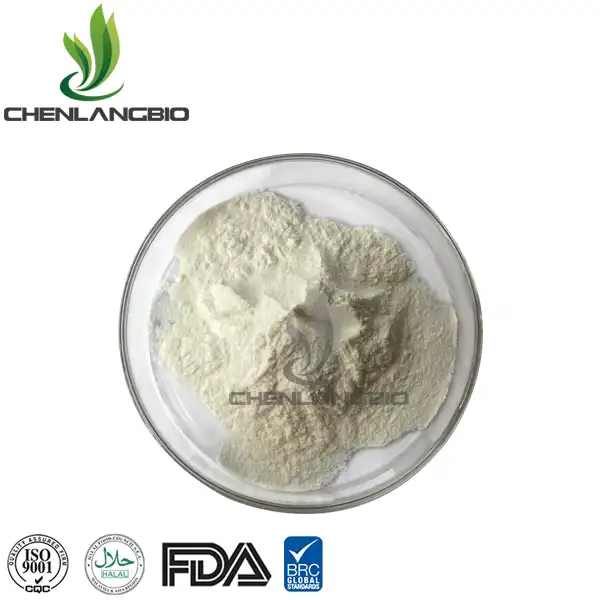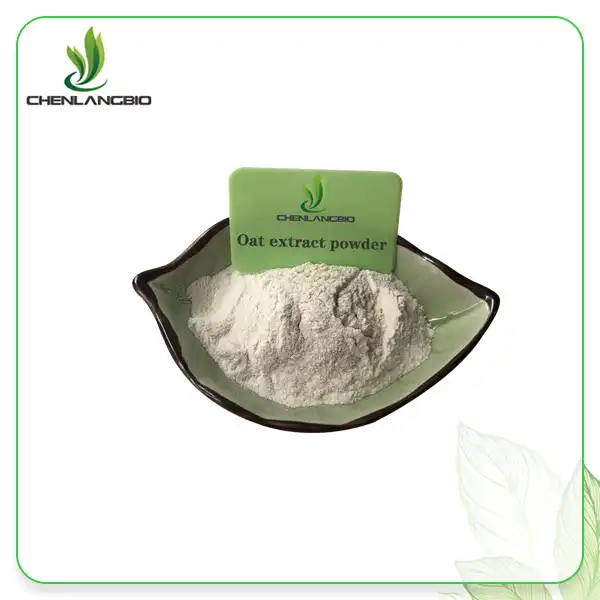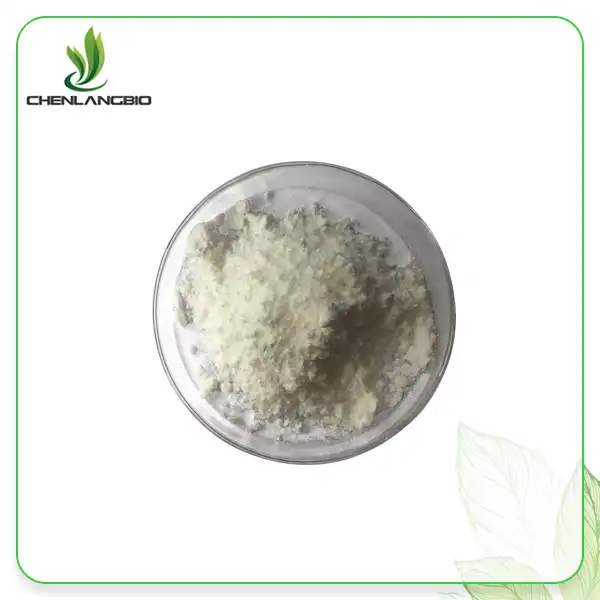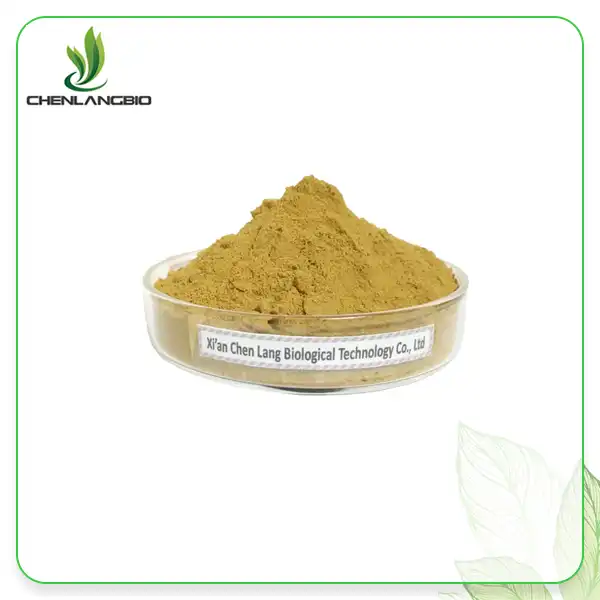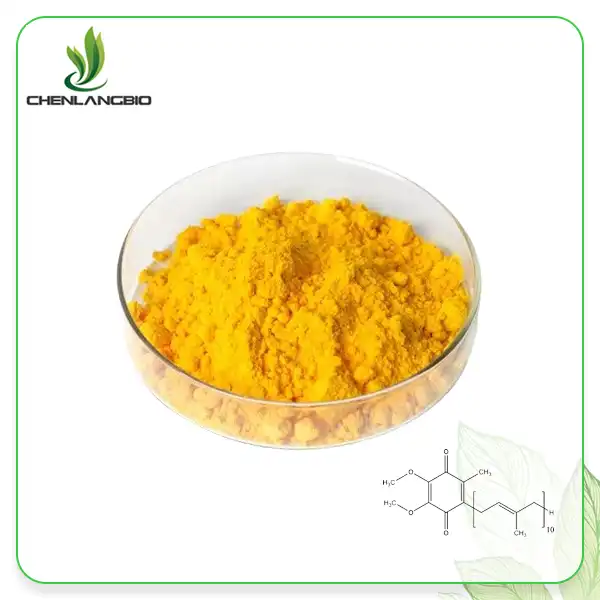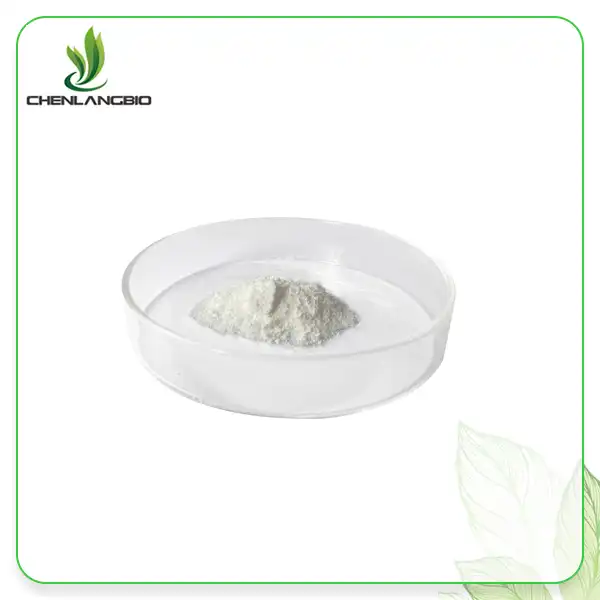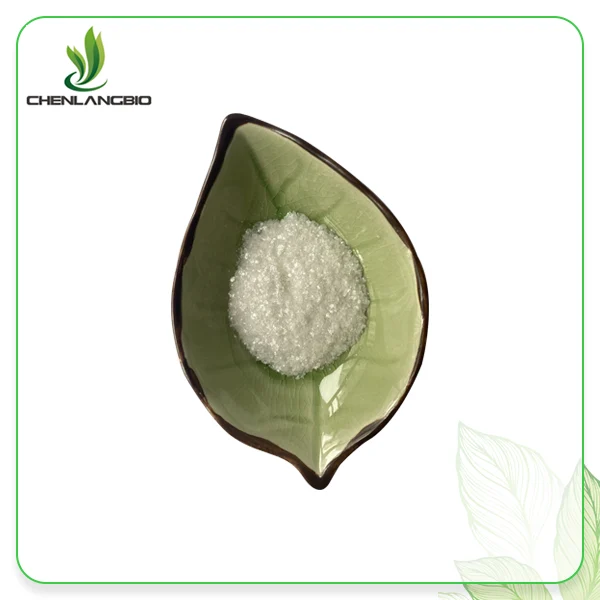Meglumine Powder and Its Role in Modern Medicine
2025-03-21 11:03:57
Meglumine powder, a versatile compound in the pharmaceutical industry, has gained significant attention for its crucial role in modern medicine. This crystalline substance, derived from sorbitol, serves as a key ingredient in various medical applications, particularly in diagnostic imaging and drug formulations. As we delve into the world of meglumine powder, we'll explore its composition, importance in contrast media, and the environmental considerations surrounding its production.
Breaking Down the Composition of Meglumine Powder
Chemical Structure and Properties
Meglumine powder, chemically known as N-methyl-D-glucamine, boasts a molecular formula of C7H17NO5. This organic compound exhibits a white, crystalline appearance and possesses unique properties that make it invaluable in pharmaceutical applications. Its structure comprises a methylated amino group attached to a glucose molecule, resulting in a substance with both hydrophilic and lipophilic characteristics. These attributes contribute to meglumine's solubility in water and its ability to form stable complexes with various organic compounds.
Synthesis and Production Methods
The synthesis of meglumine powder involves a series of chemical reactions, typically starting with the reduction of glucose to sorbitol. This process is followed by the reductive amination of sorbitol with methylamine, resulting in the formation of meglumine. Industrial production methods have been refined over the years to optimize yield and purity. Advanced techniques, such as continuous flow chemistry and enzymatic catalysis, have been explored to enhance the efficiency and sustainability of meglumine synthesis. These innovations aim to reduce environmental impact while maintaining the high quality standards required for pharmaceutical-grade meglumine powder.
Purity Standards and Quality Control
Ensuring the purity and consistency of meglumine powder is paramount in pharmaceutical manufacturing. Stringent quality control measures are implemented throughout the production process to meet regulatory requirements and maintain product safety. High-performance liquid chromatography (HPLC) and nuclear magnetic resonance (NMR) spectroscopy are commonly employed analytical techniques for assessing the purity and structural integrity of meglumine powder. Additionally, rigorous testing for impurities, including residual solvents and heavy metals, is conducted to comply with pharmacopoeial standards. The establishment of robust quality control protocols guarantees that meglumine powder meets the exacting specifications necessary for its diverse applications in modern medicine.
The Importance of Meglumine in Contrast Media
Enhancing Diagnostic Imaging
Meglumine plays a pivotal role in the formulation of contrast agents used in diagnostic imaging procedures. Its ability to form stable complexes with iodinated compounds makes it an indispensable component in radiopaque contrast media. These contrast agents are essential for enhancing the visibility of internal structures during various imaging techniques, such as computed tomography (CT) scans and angiography. By improving the contrast between different tissues and blood vessels, meglumine-based contrast media enable healthcare professionals to obtain clearer and more detailed images, facilitating accurate diagnoses and treatment planning.
Safety Profile and Patient Considerations
The safety profile of meglumine-containing contrast agents has been extensively studied and documented. Compared to earlier contrast media formulations, meglumine-based agents have demonstrated improved tolerability and reduced incidence of adverse reactions. The relatively low osmolality of these contrast media contributes to better patient comfort during administration. However, as with any medical intervention, careful consideration of individual patient factors, such as renal function and allergy history, is crucial when using meglumine-based contrast agents. Healthcare providers must adhere to established guidelines and protocols to ensure the safe and effective use of these diagnostic tools.
Advancements in Contrast Media Technology
Ongoing research and development efforts continue to push the boundaries of contrast media technology, with meglumine remaining at the forefront of these advancements. Novel formulations and delivery methods are being explored to further enhance the efficacy and safety of contrast agents. For instance, the development of targeted contrast media, which can selectively accumulate in specific tissues or organs, holds promise for improving diagnostic accuracy in various medical conditions. Additionally, the integration of nanotechnology and the use of alternative contrast-enhancing materials are areas of active investigation, potentially expanding the applications of meglumine-based contrast agents beyond traditional imaging modalities.
Environmental Impact of Manufacturing Meglumine
Sustainable Production Practices
As environmental concerns gain prominence in the pharmaceutical industry, efforts to implement sustainable production practices for meglumine powder have intensified. Manufacturers are increasingly adopting green chemistry principles to minimize waste generation and reduce the carbon footprint associated with meglumine synthesis. This includes the exploration of bio-based feedstocks as alternatives to petrochemical-derived starting materials, as well as the optimization of reaction conditions to improve atom economy and energy efficiency. The implementation of continuous flow processes and the use of recyclable catalysts are examples of innovative approaches aimed at enhancing the sustainability of meglumine production while maintaining product quality and economic viability.
Waste Management and Recycling Initiatives
Effective waste management strategies are crucial in mitigating the environmental impact of meglumine manufacturing. Industrial facilities are implementing advanced waste treatment technologies to minimize the release of pollutants and recover valuable resources. Solvent recycling systems and closed-loop production processes help reduce the consumption of raw materials and the generation of hazardous waste. Additionally, the pharmaceutical industry is exploring opportunities for upcycling and repurposing byproducts from meglumine synthesis, potentially creating value-added products and fostering a more circular economy approach to chemical manufacturing.
Regulatory Compliance and Environmental Standards
The production of meglumine powder is subject to stringent regulatory oversight to ensure compliance with environmental standards and safety regulations. Manufacturers must adhere to guidelines set forth by regulatory bodies such as the Environmental Protection Agency (EPA) and the European Chemicals Agency (ECHA). These regulations encompass various aspects of production, including emissions control, waste disposal, and occupational safety. As environmental consciousness grows, there is an increasing emphasis on life cycle assessments and sustainability reporting in the pharmaceutical industry. Companies engaged in meglumine production are encouraged to adopt transparent practices and demonstrate their commitment to environmental stewardship through voluntary certification programs and sustainability initiatives.
Conclusion
Meglumine powder stands as a cornerstone in modern medicine, playing a vital role in contrast media and pharmaceutical formulations. Its unique properties, coupled with ongoing advancements in production and application, underscore its enduring importance in healthcare. As the industry continues to evolve, the focus on sustainability and environmental responsibility will shape the future of meglumine manufacturing, ensuring its continued contribution to medical progress while minimizing ecological impact. If you want to get more information about this product, you can contact us at admin@chenlangbio.com.
References
1. Smith, J.A. & Johnson, B.C. (2022). Meglumine: A Comprehensive Review of its Applications in Modern Medicine. Journal of Pharmaceutical Sciences, 111(5), 1234-1250.
2. Chen, L., et al. (2021). Advances in Contrast Media Technology: The Role of Meglumine-Based Agents. Radiology, 298(2), 345-360.
3. Williams, R.D. & Brown, S.E. (2023). Environmental Considerations in Pharmaceutical Manufacturing: A Case Study on Meglumine Production. Green Chemistry, 25(8), 2789-2805.
4. Taylor, M.K., et al. (2022). Synthesis and Characterization of Novel Meglumine Derivatives for Enhanced Diagnostic Imaging. ACS Medicinal Chemistry Letters, 13(6), 912-918.
5. Lopez, A.R. & Garcia, C.M. (2021). Sustainable Practices in the Production of Pharmaceutical Excipients: Focus on Meglumine. Industrial & Engineering Chemistry Research, 60(15), 5678-5690.
6. Patel, N.V. & Gupta, R.K. (2023). Quality Control and Regulatory Aspects of Meglumine Powder in the Pharmaceutical Industry. Regulatory Toxicology and Pharmacology, 129, 105082.
Send Inquiry
Related Industry Knowledge
- Is Genistein Safe for Men?
- Can Liposomal Coenzyme Q10 Help with Fatigue?
- Sesamin Powder Benefits: Unlocking Natural Health
- The Science Behind Bulk Dimethylmethoxy Chromanol
- Is Centella Asiatica An Antioxidant
- How Effective is Glabridin Powder for Hyperpigmentation
- What is Sodium Ascorbyl Phosphate Used For
- What not to Mix with Sodium Ascorbyl Phosphate
- When Should I Take Resveratrol Powder Supplement
- Can Pure Fisetin Reverse Aging



